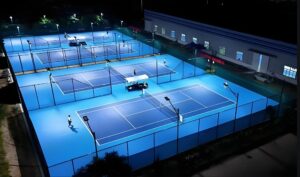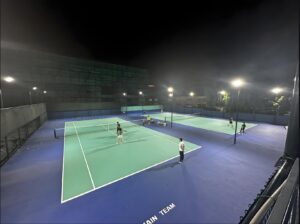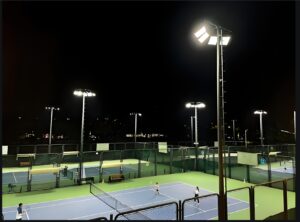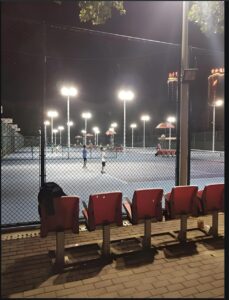
The instant on/off functionality of LED sports lighting provides significant benefits for sports venues, players, event organizers, broadcasters, and spectators. From energy savings and operational efficiency to improved player safety and enhanced audience experience, this feature enhances the overall functionality of sports lighting systems. The ability to immediately control the lighting ensures seamless transitions, reduces operational costs, and helps create a more sustainable and environmentally friendly venue. As a result, LEDs with instant on/off functionality are becoming the preferred choice for modern sports venues, including tennis courts, where precise lighting control and efficiency are essential for optimal performance.

Flicker-free lighting is an essential feature in modern sports venues, particularly in environments where high-definition broadcasts and player performance are critical. Flicker, often caused by fluctuations in the power supply or inconsistencies in lighting systems, can have a detrimental effect on both the quality of television broadcasts and the experience of athletes on the field. As LED technology advances, flicker-free lighting has become an important consideration in sports lighting design. Below, we explore the significance of flicker-free lighting, its impact on broadcasting, and how it contributes to player performance.


Flicker-free lighting plays a vital role in both broadcasting and player performance in sports venues. For broadcasters, it ensures smooth, high-quality footage without visual disruptions, while for players, it eliminates distractions that could affect their performance. By providing stable, consistent illumination, flicker-free LEDs offer a higher level of clarity and focus, contributing to the overall success of sporting events, particularly high-profile tennis tournaments like Wimbledon. As LED technology continues to improve, flicker-free lighting will remain a crucial feature in the future of sports lighting, delivering a better experience for all stakeholders involved.
Get in touch for free lighting customization